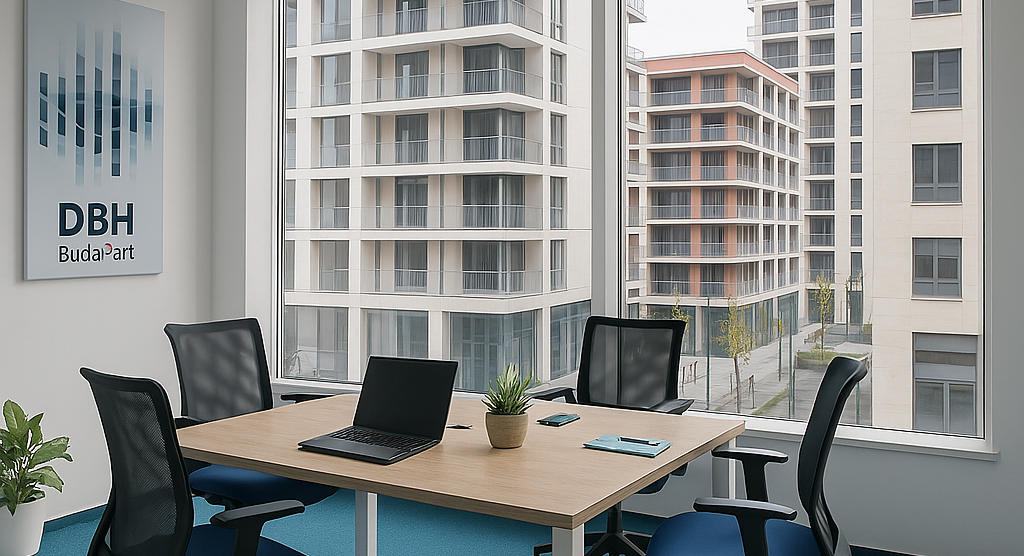The Best Office Layouts for Different Work Styles
Effective office design is more than just aesthetics–it plays a crucial role in boosting productivity, enhancing employee satisfaction, and accommodating diverse work styles. Whether the goal is collaboration, focus, or flexibility, selecting the right layout can significantly impact workplace efficiency.
This guide explores the best office layouts for various work styles, ranging from collaborative spaces to areas dedicated to deep focus. We’ll also discuss emerging office layout trends like modular designs, provide case studies of successful implementations, and outline how businesses can strike a balance between functionality and flexibility.
Office Layouts for Collaboration vs. Focus Work
Designing a Space for Collaboration
Collaboration thrives in open and accessible work environments. Open office layouts are highly effective for team-based projects, brainstorming sessions, and real-time problem-solving. Features of such spaces include:
- Large, Shared Tables – Perfect for teams to work collectively.
- Ample Natural Light – Bright environments foster creativity and maintain a fresh ambiance.
- Breakout Zones – Separate, informal areas allow casual discussions and ideation without disturbing others.
These collaborative spaces also promote communication across departments and enable a more connected organizational culture. However, it’s vital to balance openness with boundaries to avoid distractions.
Creating Private Zones for Focus Work
Not every task benefits from a bustling environment. Deep focus work, such as coding, writing, or analysis, demands quiet and uninterrupted spaces. For such needs, consider incorporating the following into your office layout:
- Private Offices – Ideal for senior executives and specialized tasks.
- Soundproof Pods – Perfect for individuals seeking silence in shared spaces.
- Library-Style Quiet Spaces – Environments dedicated to silent work.
- Acoustic Panels – These effectively minimize ambient noise in shared areas.
To ensure employee productivity, businesses should strike a balance between the two. Workspace customization ensures that everyone—from team players to solo performers—can thrive.
Adjustable and Modular Office Design
Flexibility Through Modular Design
One of the most prominent office layout trends is modular design, which allows businesses to adapt their environments to changing needs. Modular office furniture and reconfigurable spaces make it easy to transition between collaboration and focus work zones.
Benefits of modular design include:
- Scalability – Furniture and layouts can grow with the organization.
- Cost Efficiency – Modular setups reduce the need for expensive renovations.
- Variety – Employees can switch between sitting desks, standing desks, and lounge chairs for comfort.
For instance, modular walls allow businesses to create spaces within spaces. Need a conference room on Tuesday but an open area for Friday brainstorming? Adjustable dividers make such shifts seamless.
Modern Trends in Adjustable Workspaces
Adjustable office design isn’t limited to furniture—it extends to lighting, technology, and even temperature controls. Workstations with motorized height adjustability, movable monitor arms, and personalized lighting can cater to different employee needs, ensuring a productive work environment at all times.
Case Studies of Companies Optimizing Space
Google’s Dynamic Workspaces
Google has long been known for its innovative office layouts. Their workspaces are designed to combine collaboration with focus. Collaborative environments include open lounges, while areas with translucent partitions provide privacy for focus tasks without separating employees entirely. Additionally, playful design elements such as greenery and multicolored furniture create an inspiring environment.
HubSpot’s Flexible Office Design
HubSpot adopted a modular office design with movable walls, lightweight furniture, and shared desks. This layout enables employees to reconfigure their work environment based on their needs. Designated “focus zones” further provide quiet workspaces for those tackling complex projects.
Microsoft’s Inclusive Layouts
Inclusivity is at the forefront of Microsoft’s modern offices. They’ve outfitted spaces to suit neurodiverse employees with features like soundproof booths, quiet rooms, and warm lighting. Additionally, adjustable workstations ensure comfort across different physical needs.
These case studies illustrate how customized office layouts can enhance company culture, improve productivity, and foster inclusivity.
How to Create a Balance in Your Workplace
Evaluate Employee Needs
Start by conducting employee surveys to understand work habits and preferences. A mix of structured interviews and anonymous feedback can help identify what employees need most.
Allocate Space Proportionally
Divide your workplace into collaborative and focus zones based on team requirements:
- Allocate large areas for open collaboration.
- Dedicate focus zones for departments handling independent or creative tasks.
Incorporate Shared Amenities
Amenities such as coffee bars, relaxation areas, and wellness zones can be shared between departments to maximize utility and build a sense of community.
Leverage Technology
Use workplace analytics tools to identify high-traffic areas or underutilized zones. Adjusting layouts based on real-time data ensures that no space goes to waste.
Continuously Iterate
Office layouts should not be static. Evaluate functionality every quarter and make changes as necessary. Experiment with new setups to discover improvements in productivity and employee satisfaction.
A Space for Every Work Style
Creating the perfect office layout isn’t about choosing between collaboration and focus—it’s about integrating both seamlessly. By optimizing your space for diverse work styles, you can foster a productive work environment tailored to your team’s unique needs.
Interested in transforming your space? Explore emerging office layout trends and flexible solutions to create the workplace of tomorrow.

Do not hesitate to contact us
Get in touch, if you have any question
